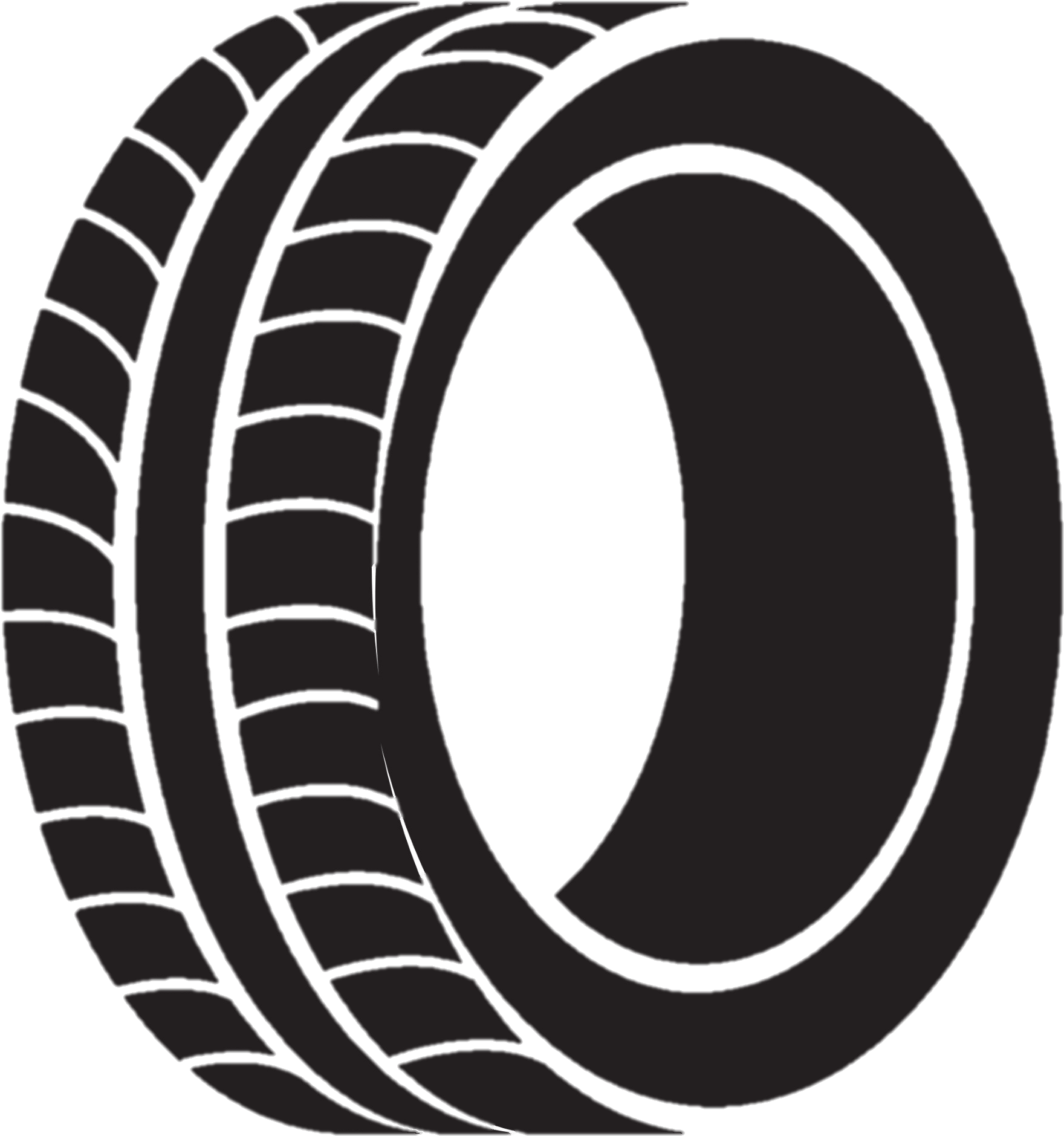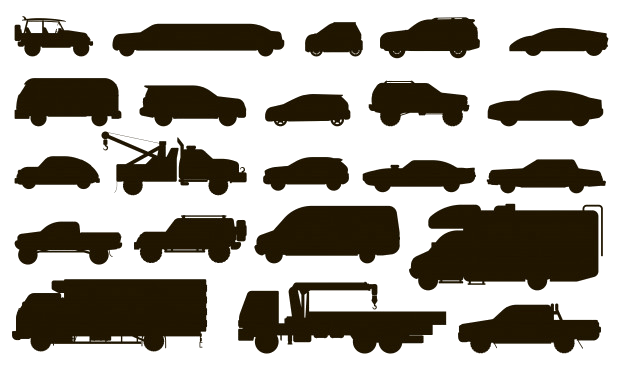Velocity and signal phases
The best methods to determine initial velocities and traffic light phases.

Velocity
Velocity is a measure of the amount of distance an object travels over an amount of time in a relative direction. It is common to use the SI units of ms-1, however, our calculator will also accept kilometres per hour (kmh-1) or miles per hour (mph). The conversion into ms-1 is done for you.
The equation to use: \[velocity = { distance \over time}\]
It is common in this case to begin by using the speed limit at the intersection before trying alternatives such as driving too slow or too fast.

Yellow Light Phase
The yellow light phase (yp) is a predetermined length of time controlled at the intersection.
The usual time a light remains yellow can range from 3 to 5 seconds. For best results, it is ideal to know the length of time the traffic signal remains yellow.
This value, in seconds, gives the variable time in our velocity equation. This is rearranged to solve for distance.
The equation to use: \[dist_{yp} = { velocity \cdot time_{yp}}\]

Interphase
During the interphase all traffic signals at an intersection are red. This time is predetermined but usually is around 1 to 2 seconds.
The distance a vehicle travels through the duration of the interphase is added onto the yellow phase time.
The equation to use: \[dist_{ip} = { velocity \cdot time_{ip}}\]
The total distance a car travels through the yellow and interphase is: \[dist_{total} = { dist_{yp} + dist_{ip} }\]
Reaction Time, Friction and Intersection Size
Here we discuss the best methods to determine the reaction time of a driver, the friction between the vehicle and the road, and the size of an intersection.

Reaction Time
Reaction time is a measure of how quickly a person reacts to a stimulus. In this case, how quickly a person reacts to seeing a yellow signal light. The unit is almost always seconds, and can commonly be less than 1 second. However, many variables come into play when assessing reaction times.
There is no equation you can use to determine reaction time, other than trying it experimentally. We have designed a reaction time game that may help determine your reaction time or that of other people. See the reaction time game to run various estimates and averages for reaction times.
In order to work out stopping distance, we need to take into account the distance travelled before any action has taken place. To do this we calculate: \[dist_{reaction} = { velocity \cdot time_{reaction}}\]

Coefficient of Friction
The coefficient of friction (μ) is a unitless number between 0 and 1. The lowest possible friction would be zero, however, this is not logical or plausible in a real world context as this would suggest a complete frictionless system. Conversely, the highest possible friction would be one. Again, this would not be plausible as movement would then become impossible. You can estimate μ by using real world data. Good road conditions and good tires on the vehicle could see a range for μ between 0.70 and 0.90. Icy conditions could see μ as low as 0.1.
For more data you can check our accepted values here: \[μ\]

Intersection Size
There are a few methods to measuring intersection distances, the most precise method, however, is being at the intersection to measure it physically. However, scaled maps on Google and Bing have provided a chance to estimate the size of various intersections around the world. Ultimately, the next best method would be to have the engineering plans of the intersection. If these are available you can use the dilemma zone calculator to plot out the location of dilemma and option zones. Typically, you'd measure the intersection in metres. However, our calculator can convert yards into metres for you.
An intersection is measured from stop line to opposite stop line. Currently, the calculator is not geared for perpendicular roads. \[dist_{intersection}\]
Length of vehicle
Length of vehicles vary depending on make, model and even type.

Vehicle Length
The one thing that becomes extremely difficult to account for is the type of vehicle approaching the stop line. For the most part we've been able to eliminate variables such as the mass of the vehicle. But we can't eliminate the length. A truck has much further to go through an intersection than a small car meaning the chances of a dilemma zone are now greatly increased for larger vehicles. We've included the average of 4.5 m for vehicle length. However, you may want to input other variables based on manufacture data or experience at the intersection in question. \[length\]
Putting it all together
When you have all your variables you can put them into our calculator or work it out yourself with this equation.

The Equation
The final equation requires all the inputs for each variable. \[dist_{final} = { dist_{total} - dist_{intersection} - length}\] \[dist_{stopping} = { velocity^2 \over 2 \; μ \; g}\] \[zone = {dist_{final} - (dist_{stopping} + dist_{reaction})}\] Where g = 9.81 ms-2
If zone is negative, then a dilemma zone exists. If zone is positive, then an option zone exists.
The final equation requires all the inputs for each variable. \[dist_{final} =\] \[{ dist_{total} - dist_{intersection} - length}\] \[dist_{stopping} = { velocity^2 \over 2 \; μ \; g}\] \[zone =\] \[{dist_{final} - (dist_{stopping} + dist_{reaction})}\] Where g = 9.81 ms-2
If zone is negative, then a dilemma zone exists. If zone is positive, then an option zone exists.